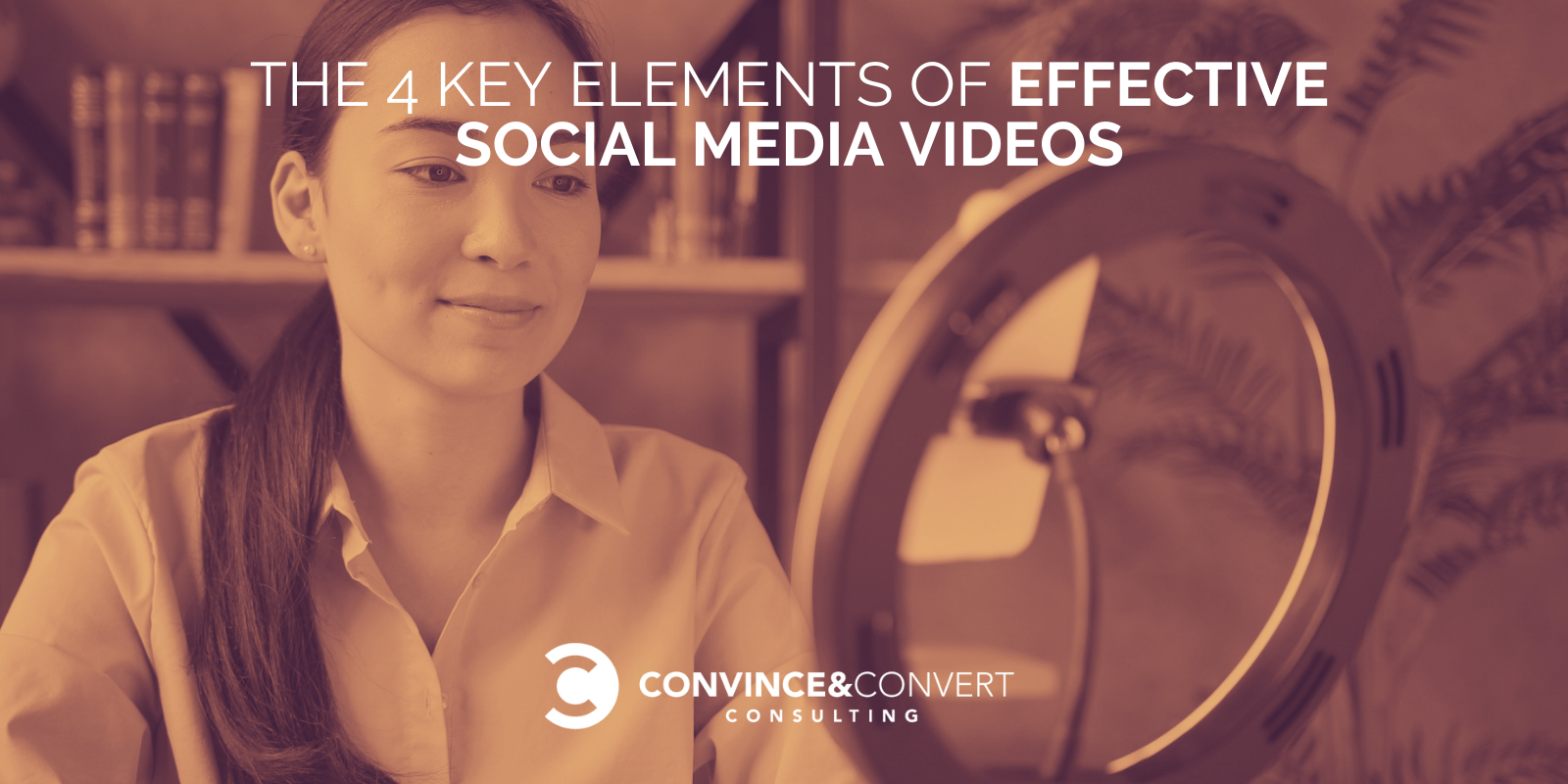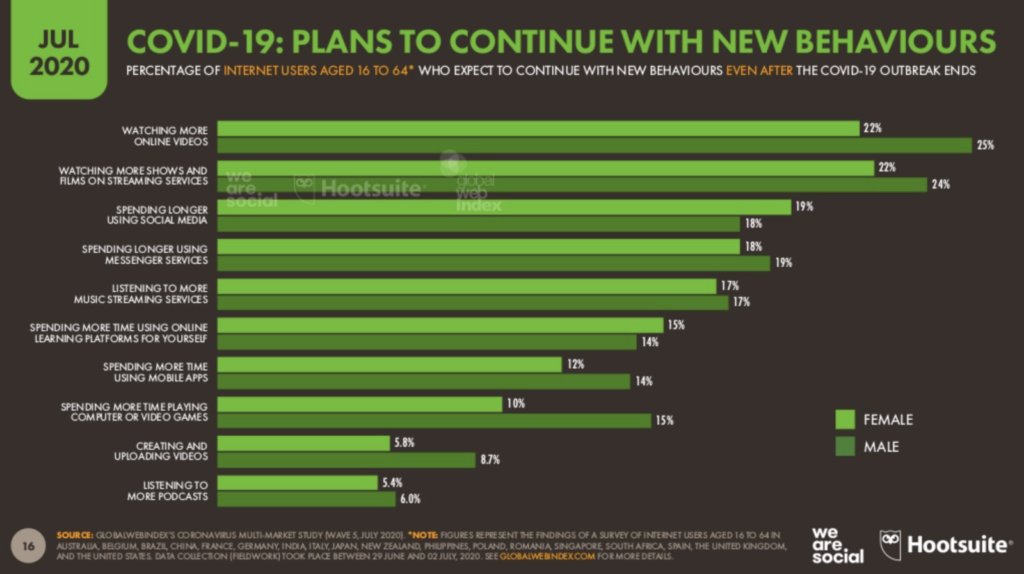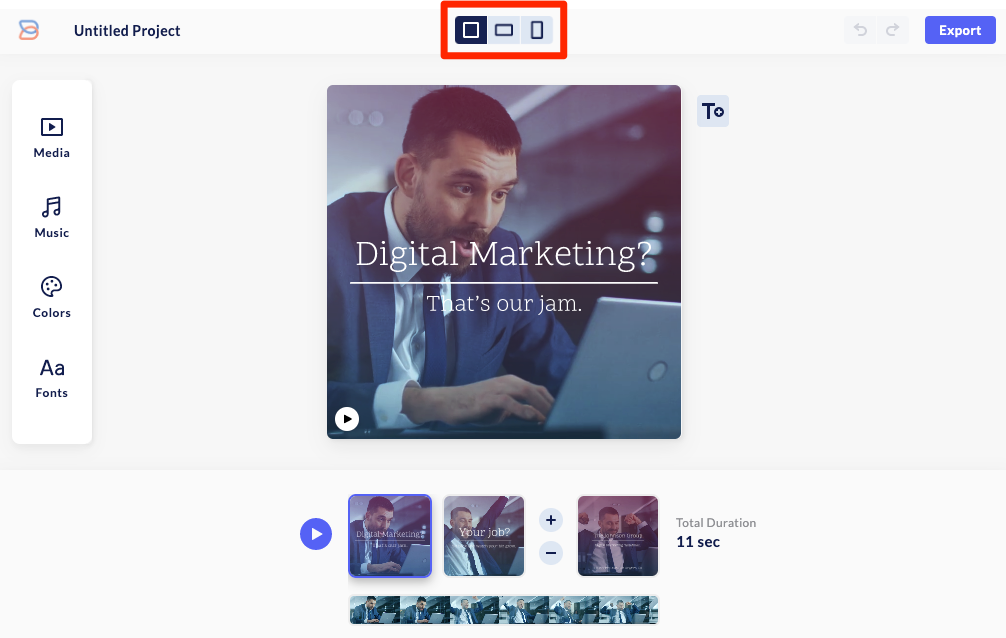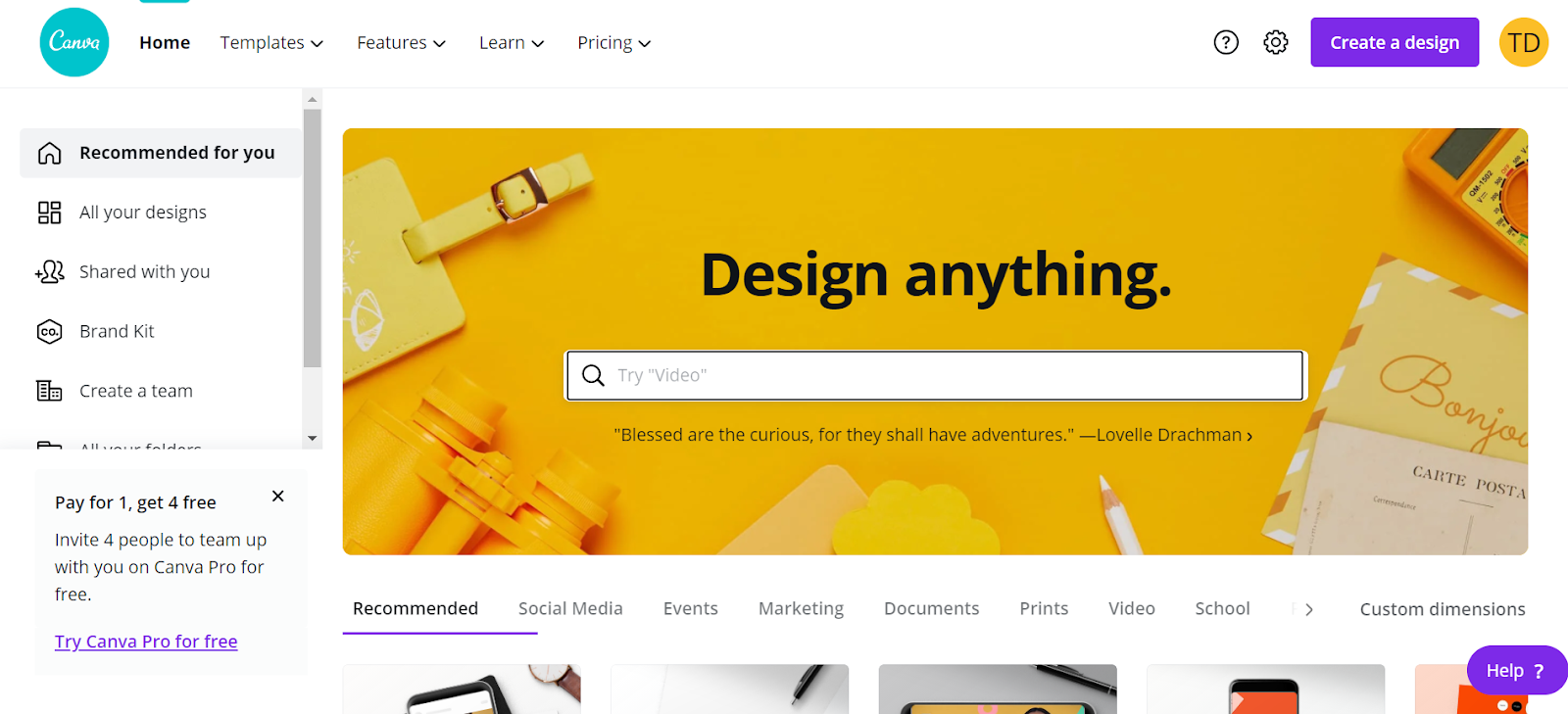
Video is all the rage today. It’s due to its effectiveness in driving reach and engagement. In fact, most social media platforms have started to give video content more visibility in feeds.
The introduction of Reels and IGTV on Instagram and Facebook Watch is a testament to the fact that the appeal for videos has only increased over the years.
About 85% of internet users in the US watched online videos in 2018, and a majority of internet users say that the trend of watching more online videos will continue, even after the COVID-19 outbreak ends.

With so much video content being uploaded by the minute — over 500 hours on YouTube in 2019 — it’s going to be difficult to stand out from the crowd.
As of May 2019, more than 500 hours of video were uploaded to YouTube every minute. This equates to approximately 30,000 hours of newly uploaded content per hour. Click To TweetTo do so, you need to create stellar videos.
How can you do so?
You need to understand the key elements of a social media video.
What are these key elements, you ask?
Let’s take a look at them.
Main Elements of a Social Media Video
Here are the main elements of a social media video that can help improve engagement.
1. The Social Platform
When you’re creating any video for social media, it’s important to know which platform you’re creating it for.
Why?
Because each social platform has different audiences, and what may appeal to users on one platform might not on another.
TikTok and Instagram are platforms where you’d typically have millennials or Gen Z. On the other hand, on Facebook and Twitter, you can find a wider user base. So, it’s crucial to tailor your videos for each of these platforms.
Similarly, what may work on all of these platforms may not work on LinkedIn at all as it’s a professional social networking platform.
And that’s not all.
Each platform also has a different set of video formats that work the best on them.
Facebook vs. Instagram video formats
For instance, if you’re uploading a video to Facebook, you’d likely upload a landscape version of the video for Facebook Watch. On the other hand, if you’re creating one for Instagram, options like Reels, Stories, and IGTV prefer portrait modes.
Resizing your videos can be challenging. However, by using tools like Boosted, you can simplify this task as the tool will automatically size all the videos you create based on the dimensions that work best on the social platform of your choice.

Pro Tip: It’s equally important that you upload your videos directly to the platform instead of sharing them from one platform to another.
2. Video Length
The length of the video is an important parameter that you need to be mindful of. While scrolling through feeds, users may not devote a lot of time to your video unless it catches their attention.
That’s why you need to ensure that the most impactful parts of your video are right at the beginning. The idea is to hook the user to your video so that they watch the rest of it.
But wait, there’s more.
The platforms that you upload your videos to impact the video length as well. For instance, if you’re uploading a video to Instagram, you’ll be faced with multiple options.
How long should Instagram videos be?
If you’re posting a video on Instagram Stories, the maximum length per Story is 15 seconds. On the other hand, if you’re uploading it to Reels, the video needs to be 30 seconds long. However, IGTV videos can be as long as 60 minutes.
So, while developing your video, make sure that you know where you’re going to post it so that you can drive social engagement through it.
3. Video Graphics
The graphics that you use in your videos are equally important.
These visuals can help you captivate the attention of your audience. That’s why you need to do everything that you can to ensure that they appear exactly like you want them to.
With nearly 70% of YouTube watch time coming from mobile devices, it’s clear that you need to design your videos for mobile devices.
But how?
For starters, you should try to use simple video graphics that can be easily viewed on mobile devices. Also, you need to ensure that the various elements within your video are spaced well enough for the viewers to be able to distinguish them.
The same applies to video thumbnails. When you create them using a tool like Canva, make sure that you check how they will look on smaller screens.

In addition, mobile devices may not always be connected to WiFi. Many users may be using data to browse the internet and watch videos.
However, while people are on the move, data speeds might fluctuate. As a result, they may not be able to stream videos at the speeds that they would typically get over WiFi.
If your video file size is large, it’s likely that the video may not load well. When this happens, your viewers may move on to the next post. After all, no one likes to wait a long time for videos to load.
How can you avoid this?
You can create videos that have smaller sizes. This will make it easier for the viewers to stream them.
To ensure that all of these things are taken into consideration while creating videos, ensure that your content marketing strategy outlines the steps needed to be taken for mobile devices.
4. Video Sound
As mentioned above, most people watch videos on mobile devices. And when they do, it’s highly likely that they will be on the move or in public places too. In such a situation, not everyone uses earphones to watch the videos.
As a result, people tend to watch videos without sound. In fact, a survey found that 69% of consumers in the US watch videos on mobile devices without sound in public places.
But here’s the thing — 25% of them even watch them without sound when they’re in private places.
So, if you want your video to appeal to this huge chunk of your audience, you need to ensure that it gives the same effect without audio.
While you’re designing the video, try adding subtitles or text to get the message across without any sound.
Pro Tip: Before you upload the video, go through it without the audio. Try to see if it’s still equally engaging. If so, you can go ahead and upload it.
Final Thoughts
Creating social media videos can help increase your reach and drive engagement. However, to craft videos that can do so effectively, it’s critical to understand the key elements of these videos and use them to your advantage.
You need to design your videos based on the platform and also change the dimensions accordingly. Also, it’s equally important to decide on the video’s length as it’s dictated by the format in which you’re going to upload it.
What’s more?
The video graphics need to be designed for mobile devices, as most videos are watched using mobile devices.
Finally, a huge number of people watch videos without sound. So, you must ensure that the videos appear equally engaging without it too.


